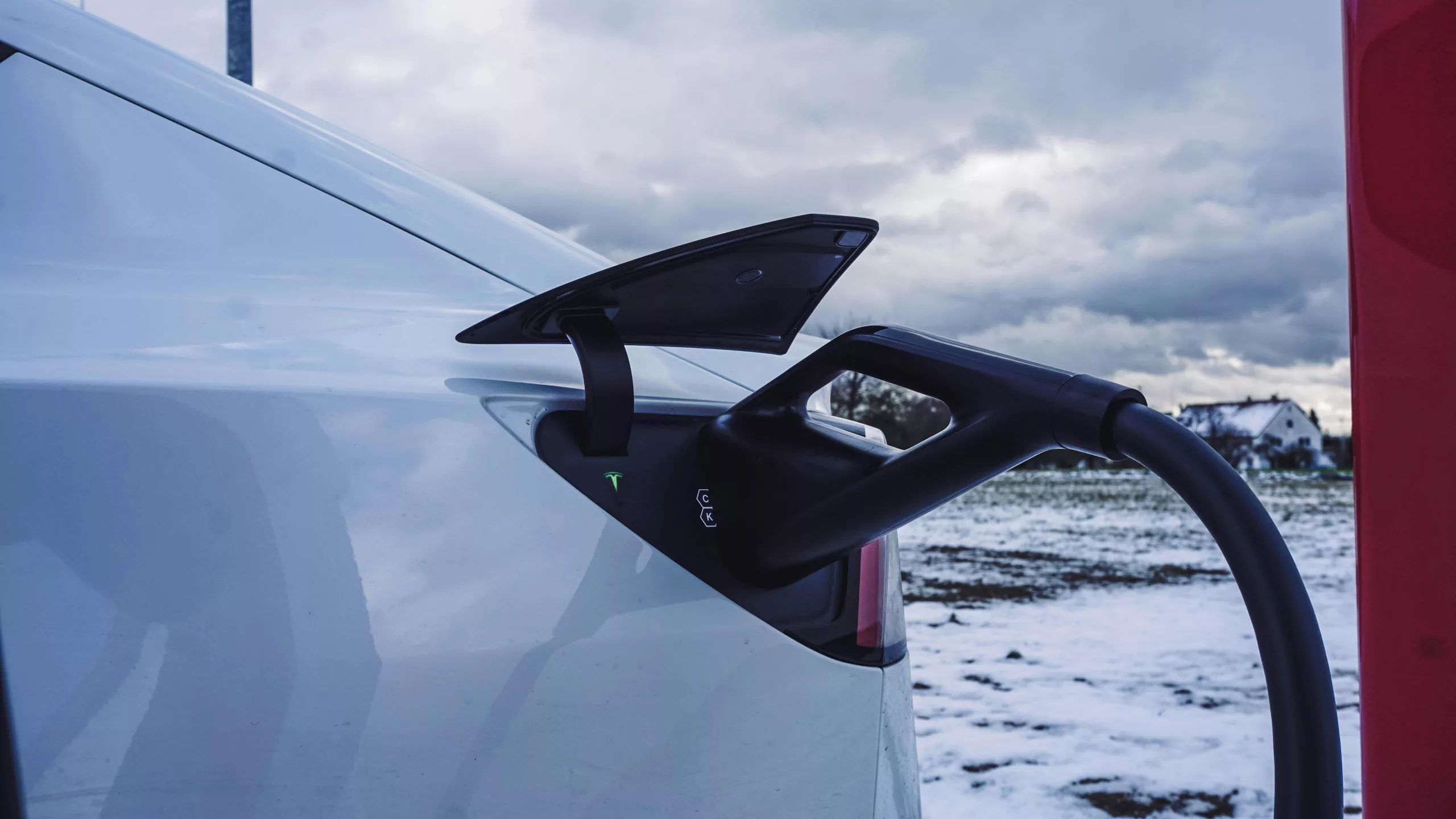As nations rally for a cleaner future, the International Energy Agency (IEA) remains at the helm of such efforts, producing an insightful annual report that sheds light on the advancements of electric mobility worldwide. Through the support of the Electric Vehicles Initiative‘s members, the “Global EV Outlook 2024” report presents a comprehensive evaluation of the latest trends in electric vehicle adoption and charging infrastructure, along with the pivotal role of batteries and relevant market policies.
The Drive Towards Electric Vehicle Uptake
The surge of electric vehicles (EVs) on the road is prominently highlighted in the IEA’s latest report, indicating a shift towards a more sustainable mass market automotive future. Despite facing some industry headwinds, such as the fluctuating costs of battery metals and receding subsidies, the early statistics for 2024 exemplify robust sales growth, building upon the strong momentum from the previous year. The market share projections are particularly striking, with China, Europe, and the United States poised to make significant strides in EV penetration, owing to competitive pricing, technological developments, and sustained governmental support.
A staggering 14 million electric cars were registered in the previous year, catapulting the global tally to 40 million—a figure in keeping with earlier IEA forecasts. The year-over-year sales leap by 35%, dwarfing the figures from five years prior and indicating a clear growth trajectory for the industry.
Status of Heavy Duty Electric Vehicles
Heavy-duty electric vehicles, particularly electric buses, are racing ahead in the transition to cleaner transportation. Nations across Europe and Asia, notably Belgium, Norway, Switzerland, and China, have crossed the remarkable threshold of a 50% sales share. However, electric heavy-duty truck adoption remains in its infancy, often hindered by the need for a more robust charging infrastructure to facilitate longer hauls.
Charging the Path Forward: Infrastructure and Technology
Charging infrastructure is the backbone of electric mobility, and the disparity between private and public charging options is stark. Home charging options dominate, but this varies widely across different regions due to varying living situations and electricity standards. The report underscores the necessity for a diversified approach in developing charging networks beyond residential neighborhoods to support future EV adoption.
The charging landscape is constantly evolving to meet the needs of different consumers. Various studies point to the varying access to home charging solutions globally, with the United Kingdom boasting high home charger access, contrasting sharply with emerging markets like India. As the world looks towards a future with increased EV prevalence, it’s imperative that public and workplace charging solutions keep pace with private infrastructure, providing ease of use, reliability, and transparent pricing to consumers.
Looking into the future, the IEA anticipates the number of public charging stations will skyrocket to 15 million by 2030, further expanding by 2035. These predictions signal a commitment to building an EV-friendly world.
EVs and the Drive to Decrease Emissions
The overarching aim behind electric vehicle adoption is to dramatically reduce the harmful carbon emissions dumped into our atmosphere. Amidst opposition from various sectors, the need to push forward with electrifying transportation is more acute than ever, especially given the potential for significant emission reductions. With EVs set to steer us away from internal combustion engines, the net reduction in carbon emissions by 2035 is estimated to be substantial, despite the projected increase in emissions due to electricity generation to power these vehicles.
This narrative goes beyond technology and economics—it’s about making choices that define our ability to sustain life on this planet. It’s a call to action for each one of us to contribute to a continued human presence on Earth. As a world united, we stand at a critical juncture, poised to decide our path: remain tethered to the past or boldly embrace a viable future.
